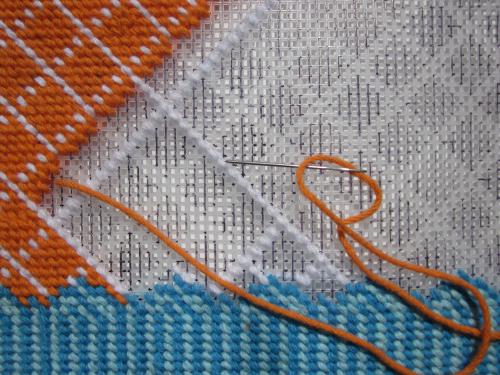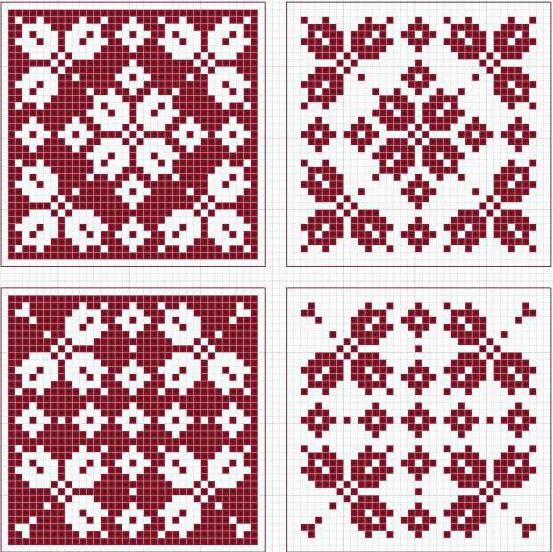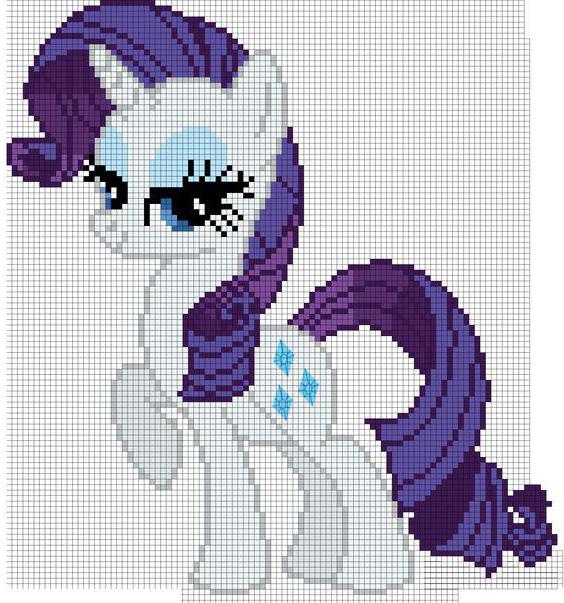Lunevil hook: features of embroidery, technology description and recommendations
Luneville is a small town in the eastFrance in the Lorraine region. He is known for the beautiful faience and old French embroidery produced there, which has glorified local craftsmen throughout Europe.
The tambour technique of decorating fabrics was bornmany centuries ago and was used to decorate the toilets of noble ladies and gentlemen. For several decades embroidery by Luneville hook has been actively used by famous French and Italian couturiers. They attract skilled craftsmen who know the secrets of this technique, to create chic evening and wedding dresses, the cost of which reaches hundreds of thousands of dollars.

Tool from Luneville
The main feature of the embroidery is the use of a special tool instead of a traditional needle. It is a hook consisting of 2 parts:
- needles;
- handles with fixing screw.
Lunevil hook only remotely resemblestraditional, used for knitting. In particular, it has a different head structure and a cylindrical shape with a pointed end. These features of the Luneville tool for needlework make it possible to remove the hook from the fabric without problems. In addition, it has the ability to change needles, depending on the thickness of the yarn used and the type of fabric. For example, if the base is chosen as an organza, then the hook should be very small in diameter. The handle with the screw, intended for fixing the needles, shows the direction of the slit on their heads, which allows you to always know from which side you need to bring the thread.

The principle of operation, and what is required
Professional Lunevil hook acts the same way as a sewing machine, dragging a working thread through the fabric, weaving a kind of pigtail with a stitch-like stitch.
For embroidery in this technique often use additional materials:
- sequins;
- rhinestones;
- bugles and beads;
- Silver and gold and threads.
As a rule, light and transparent fabrics are usually used:
- chiffon;
- silk;
- muslin;
- batiste.
If the embroidery is done on a thin and net-like basis, then it resembles an exquisite woven lace.
Quite differently look products with such decor on a dense fabric, such as velvet, cotton or linen cloth or woolen cloth.
As for the threads, you can use silk and cotton of any thickness, as well as gold and silver wires.
Embroidery in Luneville style requires embroidery hoop on the stand. Also suitable are professional frames for making tapestries.
If a thin material or a mesh is chosen for the base, then along the perimeter they should be sewn with additional strips of fabric, which will ensure its uniform tension.

Preparation
Lunevil hook, master-class of embroiderywhich is best to visit in France, where the world-famous school of Francois Lesage operates, is usually sold as a set. They, as a rule, include needles of different diameters and stencils.
Before you start, you need to transferdrawing on cloth. This is easily done by means of carbon paper or by a method of mashing. If the latter option is selected, then the picture is transferred to the tracing paper and with the help of a needle make holes with a sharp needle on the contour. Then combine the fabric with tracing paper and secure with pins. Sprinkle the tracing paper with graphite powder, which penetrates through the punctures, leaves on the material pigment traces.
If you intend to use finishing materials, for example, sequins or beads, then they are pre-planted on the working thread.
Embroidery Luneville crochet: master class
At the beginning of work on a working thread, a tangible bundle is tied. Further:
- From the "face" of the work (from above) a hook is inserted, and the thread is fed from the side of the inside;
- pull out the first loop and tighten the working thread so that the knot rests on the base, indicating the beginning of the seam;
- The thread is held with the left hand, and the hook is clamped to the right;
- make a puncture on the base, lowering the hook down;
- thread the thread on the hook;
- Rotate the needle counterclockwise around its axis;
- after a full turn, pull a loop on the front side of the embroidery;
- turn the tool clockwise;
- repeat all operations, building a chain of loops with a tambour seam;
- withdraw the thread inside out;
- fix, so that the seam does not bloom.
All actions should be performed exactly according to the instructions given above. Otherwise, the base material will from time to time cling and tear, and the working thread will separate.

Beadwork
Small multicolored beads since ancient timesare used to decorate items of clothing and interior. For this purpose, the beads are sewn onto a fabric or other substrate using a conventional needle. It turns out that it is much easier to do this if you use the Luneville hook.
As already mentioned, in order to embroider with beads in the tambour technique, you must first dial a few beads on the thread and fix it with a knot. Then:
- insert the hook from the wrong side of the base;
- capturing a thread, pulling a loop on the wrong side of the fabric;
- turn the ground;
- Introduce Lunevil hook into the formed loop;
- again turn the cloth over;
- push the first bead to the place of the starting puncture by crocheting;
- Introduce the Luneville needle in the base from below-up, following the bead;
- twist a thread around her;
- remove the needle from the base down and fix it.
After all the procedures on the purlto the side there are 2 loops. The second one is dragged by the Luneville hook into the loop formed first, turning 180 degrees so as not to lose the loop.
The rest of the beads are sewn the same way. As a result, on the wrong side of the stem, a chain of stitches is obtained, and on the front side - a straight line of beads.

Luneville crochet embroidery: training
As already mentioned, the most famous studio, whereyou can learn this technique, is in France. The full course at this school is quite expensive. However, the masters with the certificate of graduation Francois Lesage immediately invited to work in prestigious fashion houses.
In recent years, interest in Luneville has increased, so the studio, where you can learn its secrets, opens all over the world, including our country.
Remember that the road will master the going, so if you like such embroidery, try to execute it, starting with the simplest options.








